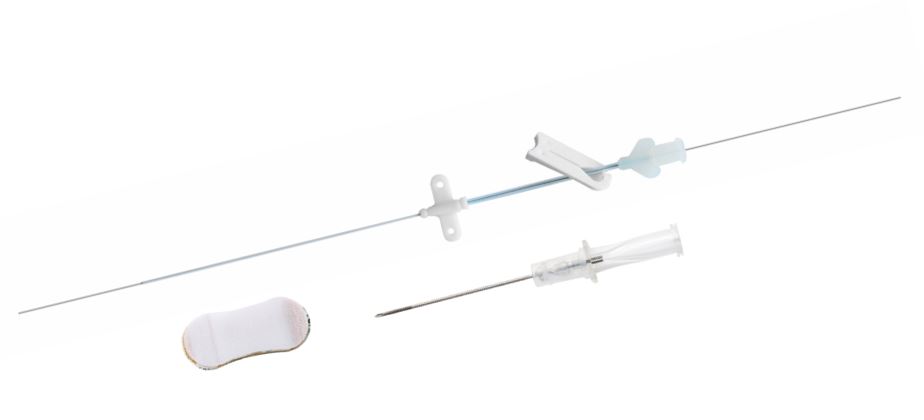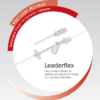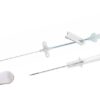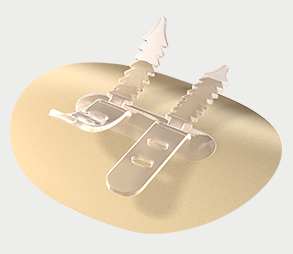Description
Leaderflex EPIV
A new tool for vascular access teams. When a PIV (Peripheral IV) is too little and a PICC is too much…choose Leaderflex.
What we know:
· Peripheral IVs Fail (average dwell of 2.1 days)
· On average 1 PIV takes 2.5 attempts to gain access
· Ultrasound guided PIVs take less attempts to gain access but
still fail (26 hours and 56% failure rate*)
· There is an over use of PICCs and this costly to your program
· Inappropriate vascular access device placement, Catheter related blood stream infections
· There is a movement to place less central vascular access devices
What is Leaderflex?
LeaderFlex- Leaderflex is an extended dwell PIV intended for therapies lasting between 3-29 days, a bridge between a PIV and a PICC . The insertion is in the lower arm using a direct seldinger technique that is easy to insert meaning fewer attempts and reduced failure rates. Unlike other devices Leaderflex does not use a sheath or dialator that could cause trauma to the vein. The thermosensitive polyurethane catheter provides lower failure rates than catheters made of other plastics, decreases mechanical phlebitis and reduces infiltration.
When should Leaderflex be considered over a PIV or PICC?
Currently, if a patient requires 14 days of antibiotics and a PIV is selected, it will need to be changed after 2 or 3 days. Potentially multiple times over the course of treatment. For patients this could cause trauma to their veins due to the catheters stiff Teflon construction, increasing risk of infections.
Although PICCs are ideal for patients needing more than 30 days of access, if initially selected for the same 14 day treatment, this will increase the cost of the treatment and the added difficulty/complications of insertion, i.e.: guide wire, peel away sheath, X-Rays.
Conclusion:
Treatment 3 days or less a PIV. Over 30 days, PICC and in between, 4 to 29 days, the Leaderflex should be considered.
Leaderflex Advantages:
Using the easier Seldinger Technique, a single shot over the guidewire to insert, the innovative Leaderflex EPIV soft polyurethane construction is softer on vessels. The built-in extension allows the site to be kept under dressing during use. No X-Rays or fluro required to confirm tip placement.
Leaderflex EPIV is excellent for antibiotics, for difficult IV access, for hydration or pain medications and reduces the complications associated with peripheral access, i.e.: venous depletion, phlebitis, infiltrations, occlusions, dislodgement and CLABSI infections.
Some of Leaderflex essential features include:
· 22 Ga catheter available in 4cm, 6cm and 8cm lengths for lower arm placement and preservation of upper arm vasculature
· Thermosensitive Polyurethane material for improved performance and a 29 day dwell time
· Seldinger insertion technique decreases incidences of failure and trauma to vein by increasing first stick insertion success
· Dedicated securement device Grip-Lock increases longevity of catheter and improves outcomes
Vygon provides education in the form of classes, videos, posters and even a sample policy for your program.
· With Leaderflex you can reduced the repeated
sticks patients often endure; thereby preserving
vasculature, saving nurse time
· With Leaderflex you can also place less central
lines given its long-lasting capabilities
· With Leaderflex you can get central lines out
quicker and reduce costly catheter related
complications
· With Leaderflex you save time – Leaderflex does
not require a costly tip location x-ray; only about
10 to 15 minutes for a proper placement
· With Leaderflex you can improve Patient
Satisfaction Scores









